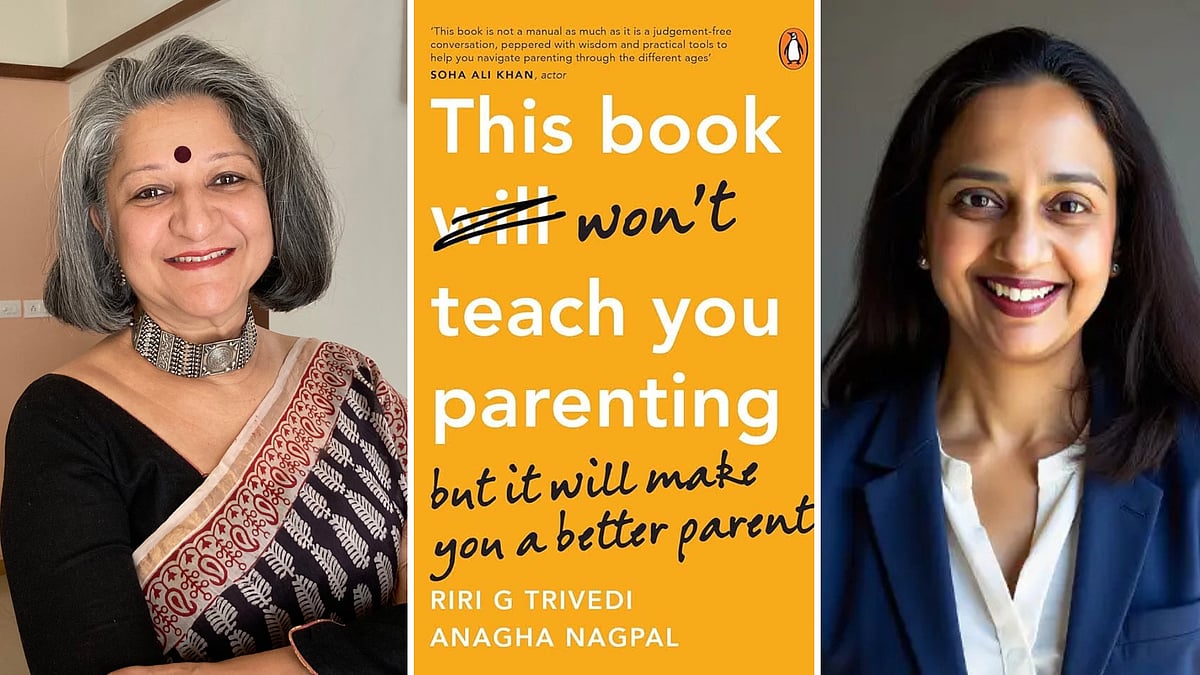The Diary of a Young Girl by Anne Frank needs no introduction for bibliophiles. However, for the unversed, the diary gives a glimpse into life during the Second World War through the eyes of a 13-year-old, Anne. Though there have been various adaptations of the diary, this is the first time it is being presented in a graphic novel. Adapted by Ari
Folman with illustrations by David Polonsky, The Diary of Anne Frank, presents Anne’s life in the form of beautiful graphics.
We spoke to David, who was in Mumbai, to attend the Tata Literature Live to celebrate 30 years of diplomatic relations between India and Israel. In an exclusive interaction with The Free Press Journal, the illustrator gave an insight into the graphic adaptation.
Excerpts from the interview:
What was the thought process behind the adaptation?
It was a commissioned work by the Anne Frank Fund in Basel. Our first reaction was not to do the work, because we were a bit weary of the fact that it’s a used subject and it verges on this kind of Holocaust kitsch. But then we read the diary as adults. I rediscovered Anne’s keen sense of humour and the complexity of her character, and the fact that she could be sometimes an annoying teenager. We tried to interpret the story and present it to new readers in a way that will avoid the use of the text for any ideological purposes except humanism, because that’s what she believed in.

Are there any variations to your adaptation?
There were a lot of adaptations of the text to comics. But what differs in our case is that we had permission to use the original text, which was never done. The text was condensed to make it suitable for the format of comics. Everything that is in voice-over, the narration is original, and the speech bubbles with what the characters say, are a fancy of our imagination.
How easy or difficult was it to turn it into a graphic novel?
The difficulty was not specific to this text, it’s just the difficulty of translating prose into comics. What works in writing not necessarily is suited to pictures. It was complicated to keep the spirit and the tone of Anne Frank and to decide what to leave out, that was the hard part.
How did you decide what to keep and what to leave out?
We would look at 10 pages of the original text at a time and decide what parts are essential and what is suitable for the visual form. The solutions would vary and in some cases, we would condense motifs that repeat in the book. For example, Anne is constantly talking about the comparisons that everybody’s making between her and her sister — sister is the good girl and Anne is nervous and edgy. She keeps coming back to the issue. So instead of chronologically addressing this issue, we dealt with it in one place. This kind of editing was necessary for the text.
Walk us through your journey as an illustrator.
I drew as a kid and never stopped. While growing up, I didn’t even know that there was such a profession as illustration. I didn’t know there was a difference between fine art and illustration. I knew that I just wanted to draw illustrations, which lean more towards the communicative side of painting or drawing.
I graduated from the Bezalel Academy of Art and Design, in Jerusalem. I illustrated for newspapers and children’s books, and gradually started working on animation. The best-known project for me probably was Waltz with Bashir, which was very successful. Since then I’ve been working on and off with Ari Folman, the director of that film on different projects, which led to this book.
Graphic novels are all about visuals. Where do you draw your inspiration from?
What characterises me as an illustrator is that I change styles according to each project. Usually, illustrators find their style in a specific language and stick to it. For me, its the other way around; each project brings with it different influences. So, specifically, for the Anne Frank project, I drew inspiration from newspaper illustrations from Central Europe from the beginning of the 20th century. Then there was a German magazine called Simplicissimus, where all the best illustrators in Europe have worked. I love that style and drew a lot of inspiration from that. For this specific book, I imagined that if Anne was alive today, or she would see this book in the 40s, it wouldn’t look foreign to her. I wanted it to look like something that belonged to her world.
Speaking of inspiration, are there illustrators who you draw motivation from?
There was a comics’ artists group in Israel called Actus Comics. It included one of the internationally famous artists, Rutu Modan, who won the Eisner Award for graphic novels. They were a huge influence on me. But most of my influences came from not necessarily illustrations, but from art in general. I was influenced by Japanese prints and artists like Hokusai from the 19th century and German expressionism, and David Hockney... It’s a mishmash.
How much of daily life finds a place in your work?
When I illustrate for newspapers, I try to find interesting things in daily life and banal things and bring authenticity to my images. My greatest inspiration is what happens around me.
Which genre is the easiest and the most difficult one to convert into a graphic novel?
Surprisingly, the most difficult one would be a film. For example, Waltz with Bashir. It was first released as a motion picture and while we were working on the film, there was this initiative to make it into a graphic novel. I was surprised to find out how difficult it was. The drawings were already there and I thought I would just take and arrange the drawings on the page, write the text, and make the comic. However, it was the opposite. The two mediums are kind of a little bit opposite. First, in animation or film, the feeling of life and movement is graded by a sequence of a lot of images. In comics, you need one image that captures the entire movement of the shot. There is no one definitive frame; it’s created by a sequence. If you take just one, it doesn’t show you what happened. So, you have to draw something completely different that depicts and mimics that movement in a still image in comics. The easiest is to come up with your own ideas.
How did your association with Waltz with Bashir come about?
I was already working as an animator for TV shows. Ari was looking for someone to animate a project that was called How to Love. It was a documentary series about the chemistry of falling in love. He had segments of animations. I worked with him on that. After we finished that project, he came up with this idea for Waltz with Bashir - making a film about his lack of memories from the war in Lebanon in 1981. Since then we've been doing a lot of stuff together, including a stage design for a play that he did along with other projects.
Any advice you would like to give to aspiring illustrators?
When I started in the late 90s, it was absolutely a different world. My students ask the same question and I always answer that I have no idea. The landscape of this profession is changing daily. Today, with the advances in AI (Artificial Intelligence) and image synthesizing, I can't even imagine where this thing is going. But the only consistent thing is the fact that if you are good at it and you like it, stick to it. That will reward you in some way in the future. But, practically, what to do I have no idea.
What are you working on next?
I am working on an installation for a museum in Jerusalem. It deals with the religious siphon of the three religions in Jerusalem - Islam, Judaism, and Christianity. I'm about to illustrate a Hebrew classic from the 50s that is being reissued. It's a straightforward children's book illustration, so it’s relatively simple.













